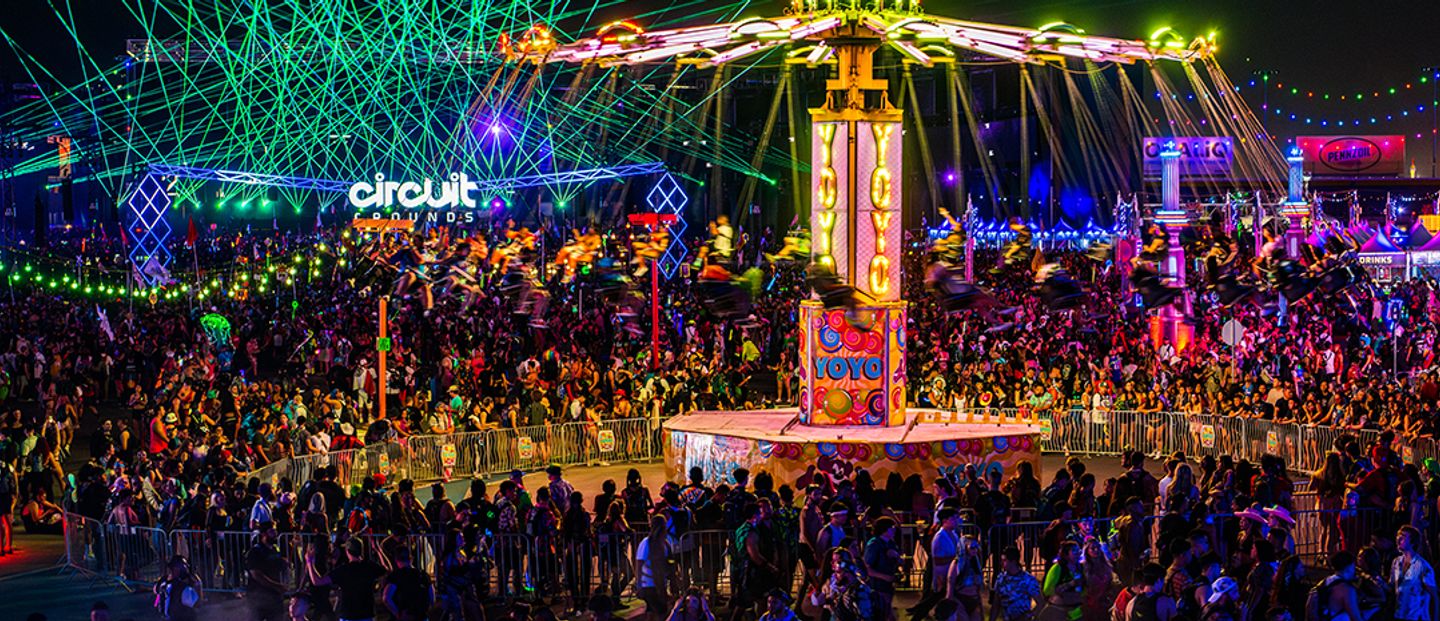
Written by Marc LeJay, GPJ Strategist
A music lover and avid festivalgoer, EDC had always been on his bucket list. As it turns out, not only did he have the time of his life, but the festival changed the way that he viewed the work that he does as an experience designer.
In Part 1, we talked about how all experience design begins with the attendee journey. A B2B conference and a B2C music festival – like Electric Daisy Carnival (EDC) – are composed of similar components that are applied in very different ways. When you remove the artificial delineation between “B2C” and “B2B”, the underlying patterns of their journeys are relatively the same. What does this look like and what does this mean for GPJ and our clients?
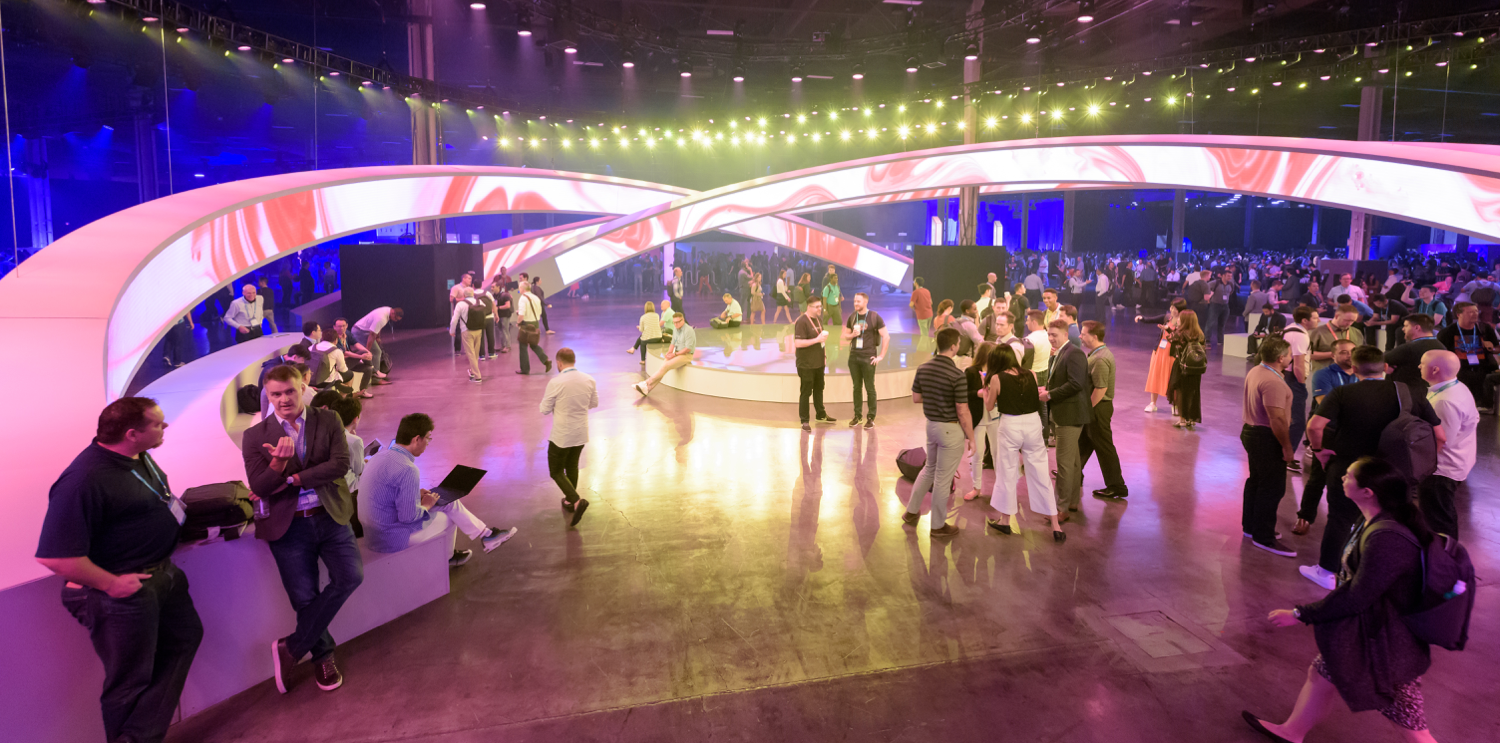
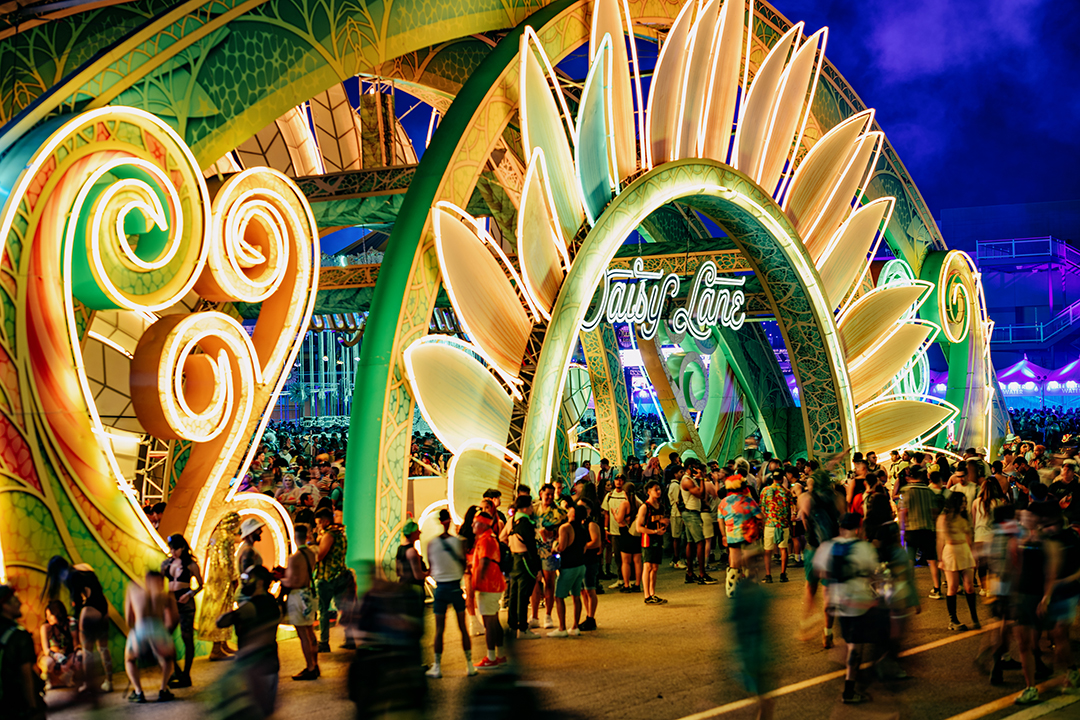
*KBYG – Know before you go
Pre-event, the audience journey already shares parallels by engaging people early and often while building up the anticipation. The key is finding ways to make every interaction personalized and meaningful.
During your event, consider designing experiences across a range of avenues for discovery and moments of fun. In these ‘Wow’ or Celebratory Moments, attendees can encounter powerful, emotional triggers from the most unexpected places.
By the end, attendees walk away with a complete, unified experience. Every touch point, brand identifier, activation, surround activity, sponsor, exhibitor or piece of swag provides authenticity and relevance to the overall journey.
In the era of hybrid work and stricter travel budgets, business travelers have become more discerning when it comes to choosing which events to attend. It is incumbent upon organizers to ensure that the experience we provide is truly worthwhile. The most memorable experiences, whether they are music festivals or business conferences, are the ones that leave a lasting memory by changing the attendee at their core.
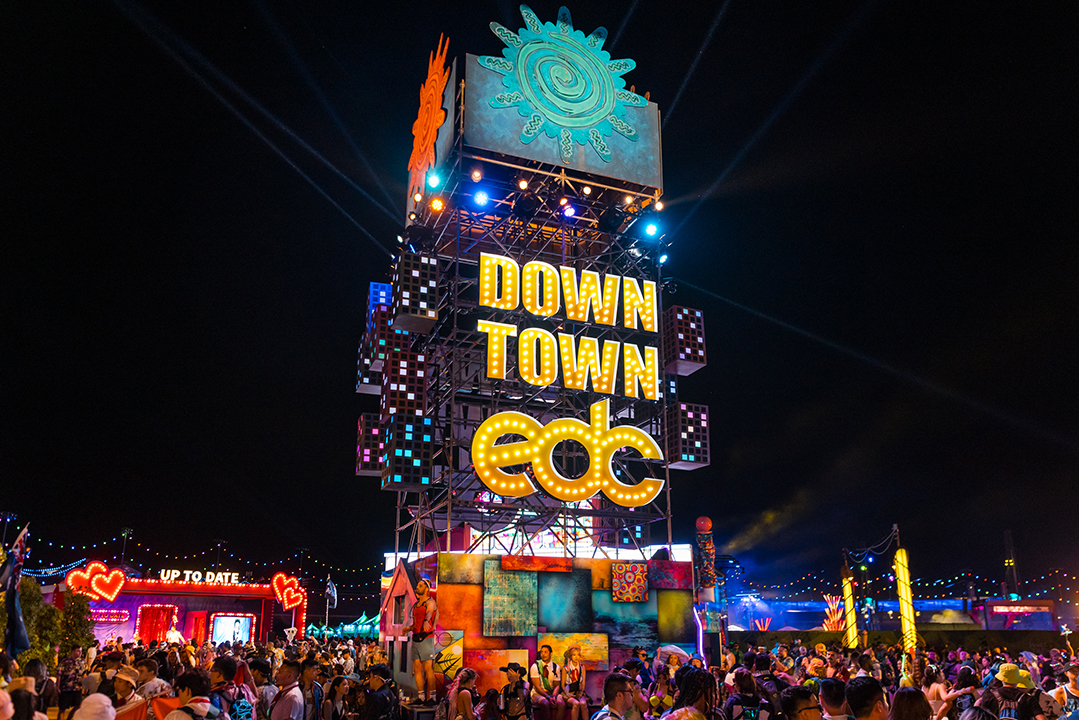
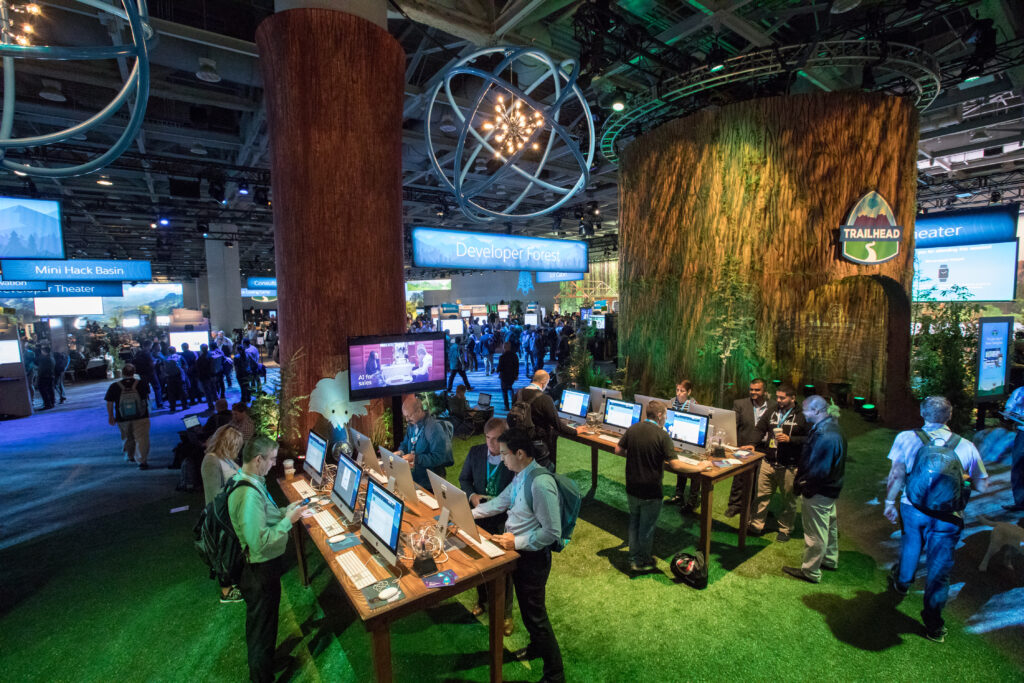
TOP TAKEAWAYS:
- The line between B2B events and B2C festivals is blurred. Between the festivalization of corporate events (large-scale concerts at events like Dreamforce, Adobe MAX, and AWS re:Play) and the rise of bleisure travel, attendees expect more than breakouts and networking.
- All of the best experiences appeal to emotion, and intentional content is the most effective trigger. By carefully curating content to elicit the emotional response that attendees seek, we can drive deeper engagement and get attendees primed for transformative experiences.
- Diversify sponsor offerings by blending fun with utility. In the same way that developers go to a conference for the workshops, festivalgoers go to EDC for the music. But at the same time, some of the most memorable moments came from stepping away from the music and stumbling upon unexpected sponsor activations, like sitting on top of the Dezo Deck and watching the sunrise.
- Every touchpoint is essential from the entry moment to the post-event follow-up. EDC organizers made every interaction feel personal, from the way that the staff interacted with attendees in security lines, to a powerful entry moment, and special touches like wellness spaces that enhanced the attendee experience.
- Balance structured and unstructured attendee journeys through intentional experience design that sets the conditions for serendipity. While some attendees want to determine their own experiences, many of us want to be taken on a journey. Some of my favorite EDC moments happened during gaps in my schedule when I was able to wander away from the main stage and discover a new artist.
If you’d like to schedule a brain date or workshop to discuss your B2B/B2C event and experiential needs, we’d love to collaborate.
